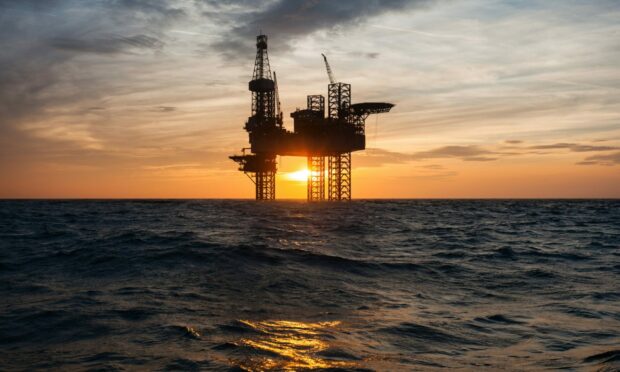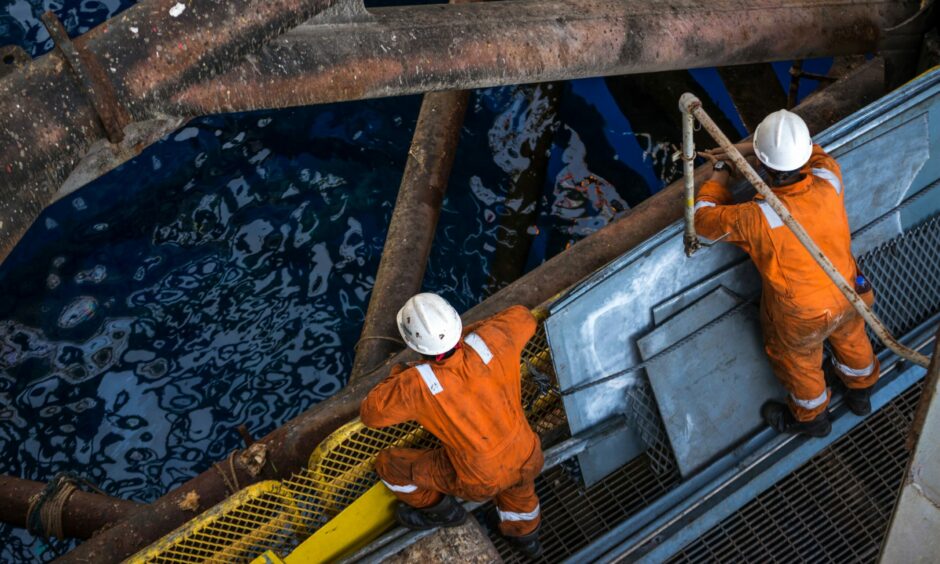The oil and gas industry is in choppy waters as political leaders struggle to convince workers they have the answer.
And there are warnings about the impact of sudden shocks in this snapshot of figures showing the ups and downs for employment over recent turbulent years.
One red flag is the sudden dip in linked employment, such as taxis, cafes and high street shops, during the Covid pandemic.
Here’s our look at the scale of the jobs and economic value across the regions closely linked to the industry’s success.
Where are oil and gas jobs in Scotland?
The sector supports 93,620 jobs across Scotland, directly and across the supply chain, according to figures from Offshore Energies UK.
Then there are all the so-called “induced” roles – the pubs, cafes and taxis which rely on oil and gas business.
The latest figures show the vast majority of these jobs – more than 84,000 – were based in Aberdeen and Aberdeenshire in 2022.
This lays bare the stark impact of turning off the taps in the north-east, unless new green jobs are created at scale to replace them.
Most jobs are concentrated in the Granite City, but the industry also supports 1,600 jobs in Edinburgh, 1,000 in Glasgow and hundreds in areas such as Angus and the Highlands.
What impact did Covid have?
Data from 2019 to 2022 provides a snapshot of how the Covid pandemic hit jobs in the region linked to the industry.
But it was the linked jobs in hospitality and travel that took the brunt.
The drop highlights the thousands of jobs – outside of direct oil and gas roles – which rely on the prosperity of the sector.
And it raises questions whether the city is sufficiently prepared for any future shocks.
The rise in jobs supported by oil and gas in Aberdeen in 2022 is understood to be due to a bounce back in those roles, rather than an increase in direct oil and gas jobs.
The figures come with some uncertainty and is based on some assumptions along with government data.
What is the economic value of the industry?
The oil and gas industry generated almost £19 billion in gross value added (GVA) in 2022.
GVA is the measure of the value of goods and services produced in an area, industry or sector of an economy.
The economic impact is most noticed in the north-east of Scotland where the industry generated £14.4 billion in Aberdeen in 2022 and more than £3 billion in neighbouring Aberdeenshire.
A total of £78 million was generated in the Highlands, along with £52m in Shetland Islands and £47m in Orkney Islands, highlighting the importance of a just transition to the north of Scotland.
Further analysis of the data shows the money generated by the oil and gas industry in Aberdeen has risen compared to the pandemic years.
However, it is down compared to 2019 when £16.6bn was generated for the Aberdeen economy and it has also decreased across Aberdeenshire.
What next for oil and gas in Scotland?
The future of oil and gas – and the workforce behind it – is a big deal in the general election campaign.
During a visit to the north-east last year, Prime Minister Rishi Sunak agreed to create annual oil and gas licensing rounds to boost production.
The move was slammed by First Minister Humza Yousaf who said it shows the government is “not really serious about tackling the climate crisis”.
Meanwhile, Sir Keir Starmer, who polls predict will be the next UK prime minister, is calling for an end to new oil and gas licences.
He pledged to unleash a “generation of secure jobs for Aberdeen”.
But his party faces fierce criticism for ditching its policy of spending £28 bn a year on its green investment plan.
Without significant investment, there will be concerns over how jobs in the region will be protected.
It has been claimed multiple barriers are in the way of the government’s much promised “fair” shift from fossil fuels to renewable energy jobs.
This includes a lack of renewable jobs at scale with these figures showing the extent of the challenge ahead.



Conversation